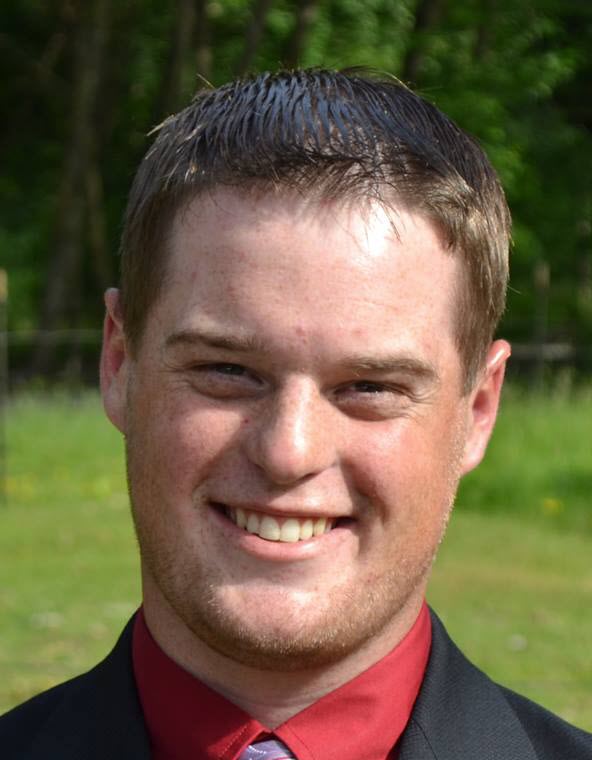Below is a summary of the abstract you submitted. Presenting author(s) is shown in bold.
If any changes need to be made, you can modify the abstract or change the authors.
You can also download a .docx version of this abstract.
If there are any problems, please email Dan at dar78@pitt.edu and he'll take care of them!
This abstract was last modified on May 5, 2017 at 9:53 p.m..

Holin proteins are ubiquitous in bacteria and bacteriophage genomes. Through the process of oligomerization, these proteins create holes in in the bacterial plasma membrane that release enzymes, like lysins, that catalytically break down the cell wall in preparation for phage release. A second, but independent holin function is to regulate the overall timing of cell lysis. The tertiary structure of holins is one to four alpha helices that span the bacterial plasma membrane, but due to a lack of strong conservation of primary structure, functional assignments for holin proteins remains challenging. For a large number of Actinobacterial phages in PhagesDB.org the assignment of holins is incomplete and sporadic. Saier and colleagues have used bioinformatic approaches to create seven holin superfamilies in an attempt to organize and classify most, but not all, known holin proteins. To help current and future researchers identify holins in Actinobacterial phages, we built upon the earlier work of Saier to classify the holin proteins found in SEAPhages.org. First, we identified assigned holins in phage genomes and we discovered that most holins are proximal to LysA and/or LysB genes. We next identified lysin-proximal transmembrane proteins using HHMTOP, and protein databases, NCBI Blast, and HHPred were used to identify potential holins. Holins were found in all existing Mycobacteriophage clusters and we generated a list of 37 phams that are probable holins. Thus far, the majority of holins in Actinobacterial phages are predicted to possess two or four transmembrane helices. Using the programs MEME and FIMO, we have identified protein motifs that allow for the identification of holin proteins in bacteriophage genomes. Proteins from Superfamilies IV and VII, and Family 1.E.18 have been found in phages that infect the hosts Mycobacterium and Gordonia. There are indications that proteins from Superfamilies I, II and III may be present, but we have found no evidence for holins from Superfamilies V and VI in these phages. The strongest motif in Superfamily VII proteins aligns with cytoplasmic amino acids directly upstream of a transmembrane helix, indicating that these motifs may correspond to conserved, functional regions in holins. There is no apparent conservation of the holin family in closely related bacteriophage clusters (Splitstree), indicating that holin proteins are highly variable and not strongly conserved in mycobacteriophages. In phages that contain a superfamily IV holin protein, another holin (usually from superfamily VII) is almost always found in close proximity within the genome. We hypothesize that the superfamily IV holins may have a regulatory function, but future experimental work is needed to understand if there is differential regulation of the expression and activity of multiple holin genes, or if any potential regulatory interactions exist between the expressed proteins.

